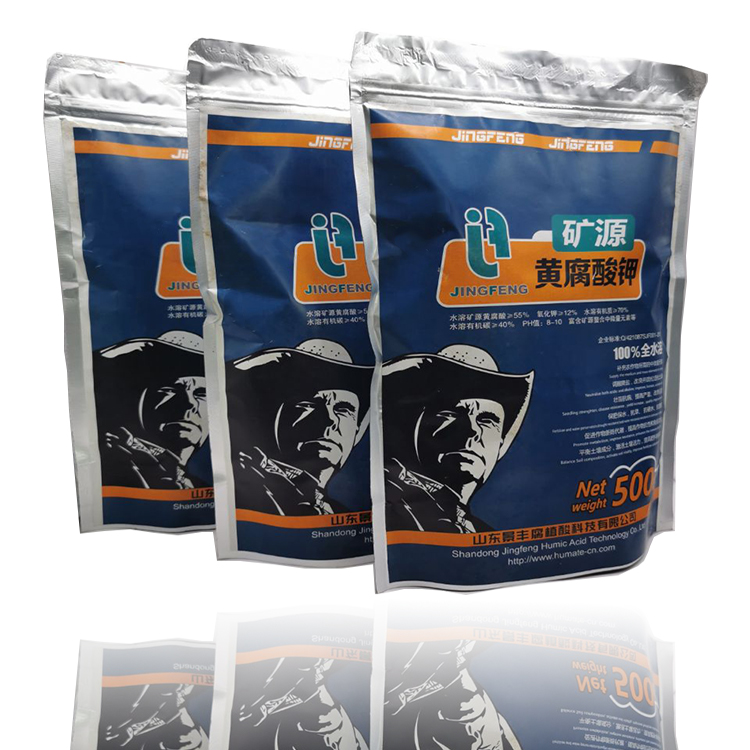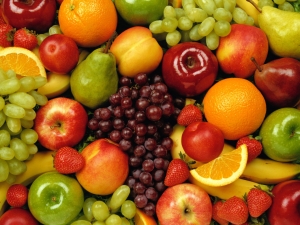The effects of various humic acid fertilizers on the quality of crops have been investigated for many years in watermelons, cantaloupes, citrus, apples, beets, tobacco, vegetables, mulberry leaves, silkworm cocoons and crops.
Comparison under the condition of equal nutrients (same fertilizer conditions)
 When the humic acid or the fulvic acid is applied to increase the yield, the sugar content of the melon and the fruit and the vegetables is increased by 3-30%. The acidity is generally reduced. The vitamins C (VC) content increased by 20-49%. Sugar content of sugar beet increased by 40%.
When the humic acid or the fulvic acid is applied to increase the yield, the sugar content of the melon and the fruit and the vegetables is increased by 3-30%. The acidity is generally reduced. The vitamins C (VC) content increased by 20-49%. Sugar content of sugar beet increased by 40%.- Potato starch increased by 18 – 25%. Ascorbic acid increased by 69%.
- The soluble protein of peach increased 9.19%. Amino acid increased 16.6%.
- Rice protein and starch increased by 6.6% and 10.5% respectively.
- Cotton fiber strength increased by 5.6% on average.
- The yield of tobacco, such as nicotine, sugar/ protein, sugar/ nicotine, etc. The ratio is obviously improved. The yield of intermediate and superior tobacco production is increased by 2-9%.
- Mulberry leaf protein increased by 6 – 21%. Silkworm body and cocoon quality increased by 20.19% and 23.91%, respectively.
Effects of humic acid on reducing residual pollutants in crops
At present, many people have the feeling that the melon and fruit vegetables we bought in the supermarket can no longer eat the taste of childhood. Even if some of the merchants discount the slogan of green organic food. We can see food safety cases large and small in the headlines. With the improvement of the green environmental awareness and the implementation of the food safety measures.
People not only pay attention to the nutritional components of the food. But also pay more attention to the content of the harmful substances of the food. The test data of agricultural humic acid products at the source of agricultural products has been found.
According to preliminary statistics, the nitrate content of agricultural products was reduced by 6 – 42% after the application of humic acid or fulvic acid. Such as,- Compared with the conventional nutritious soil, the nitrate content of tomato cultured with humic acid medium decreased by 35.5%.
- Spraying fulvic acid fertilizer reduced nitrate in tomato by 23.4%.
- After spraying the leonardite humic acid foliar fertilizer (potassium humate or potassium fulvate acid), the fine rice rate is improved. The content of the soybean fat is increased by 5 percent, the protein is increased by 10.2 percent, the disease is reduced by 50 percent.
- In particular, the harmful substances are obviously reduced. The detection of the japonica rice can be proved by taking the detection of the japonica rice as an example. The fulvic acid can contribute to the reduction of absorption or residue of poisons (pesticides, etc.) in the environment.


 When the humic acid or the fulvic acid is applied to increase the yield, the sugar content of the melon and the fruit and the vegetables is increased by 3-30%. The acidity is generally reduced. The vitamins C (VC) content increased by 20-49%. Sugar content of sugar beet increased by 40%.
When the humic acid or the fulvic acid is applied to increase the yield, the sugar content of the melon and the fruit and the vegetables is increased by 3-30%. The acidity is generally reduced. The vitamins C (VC) content increased by 20-49%. Sugar content of sugar beet increased by 40%.



